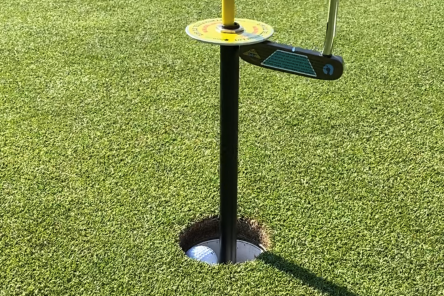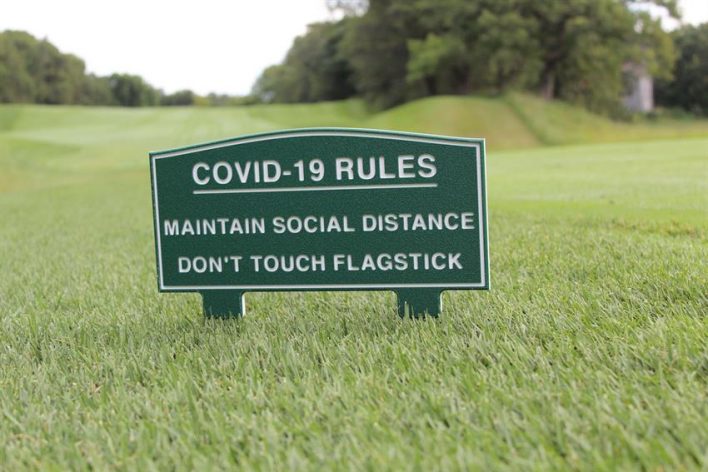Golf participation in the UK – until now – has gone through two significant boom periods.
The first was back in the late 19th/early 20th century. The growth in participation at this time led to an equally unprecedented growth in golf course construction. We were reminded of that a few years ago, when many clubs celebrated their 100th anniversary.
Then the second boom in participation came along in the mid 1980’s to early 1990’s. Most of us mature golfers remember back then and the ensuing growth of golf course construction in the early to mid 1990’s. Back in those days, courses were popping up all over the place in a desperate attempt to keep up with demand.
With the advent of the Covid19 pandemic, we seem now to be looking at a third boom period.
Golf has been “back on” twice since last March, and in the UK there has been an unprecedented demand for tee times and golf club memberships.
It’s certainly refreshing that golf as a sport is being portrayed in a positive light – able to re-open safely and offering a great source of fresh air, exercise and social enjoyment (albeit from a distance).
But what of the future for this mini-boom? Can it be sustained or is it a brief awakening that will soon revert back to normal when the world settles back down after Covid19 has hopefully been vaccinated away?
There’s no one working in the golf industry that hopes this won’t be the case with the recent popularity surge, attributed really to economic and social change.
So, are we in the midst of a real new revolution that has been brought about by Covid19?
Many businesses, previously sceptical of employees working from home have been forced into loosening their demands for in-office attendance. And there is some anecdotal evidence that suggests they may well stick with it when life returns to normal. Certainly, commentators are suggesting that as we’ve all become accustomed to Skype meetings and Zoom workshops, the traditional office working environment is under threat. Would that in turn represent a shift away from the normal 9 to 5 office day to a more flexible working arrangement – in terms of location and hours?
It appears thus far that this change to working hours and practices has contributed to the golf boom. The golf industry would privately admit that increases in membership and the demand for tee times both from members and visitors alike can largely be put down to golfers working from home, those who are furloughed and sadly some who have been made redundant or whose businesses have failed in these unprecedented times.
There are newcomers (and returners) to our sport too. The pent-up frustration of being confined to home during the pandemic, with outdoor exercise limited to once a day will have driven some to buy a set of clubs, or dust down those that had been previously been confined to the attic once family duties beckoned.
The benefits of a healthy lifestyle have come into stark focus during the pandemic. It’s certainly refreshing that golf as a sport is being portrayed in a positive light – able to re-open safely and offering a great source of fresh air, exercise and social enjoyment (albeit from a distance).
With Covid-19 having a more serious impact on overweight people, there couldn’t have been a more overt warning to the general public of the importance of regular exercise and of keeping fit and active. That’s been closely linked to the sport of golf over the last few months, and so for the first time it appears the game is being taken seriously as a healthy activity with psychological as well as physical benefits.
 It’s all stacking up – maybe we are at the beginning of long-lasting social change that will be reflected upon in years to come as a revolution bought about by Covid19.
It’s all stacking up – maybe we are at the beginning of long-lasting social change that will be reflected upon in years to come as a revolution bought about by Covid19.
To be fair, efforts have been made over the last few years to make golf more appealing to the masses, but in different ways. The changes to the Rules of Golf a few years ago sought to make the rules of the game easier to remember and understand, in turn making it an easier sport to play.
Coupled with the introduction of shorter courses and games played over 6 or 9 holes, this all makes the sport more accessible, achievable and enjoyable for Joe Public.
Maybe we have the third link in the chain that will sustain a golfing boom over the forthcoming years.
Maybe, just maybe, golf’s time is back!

